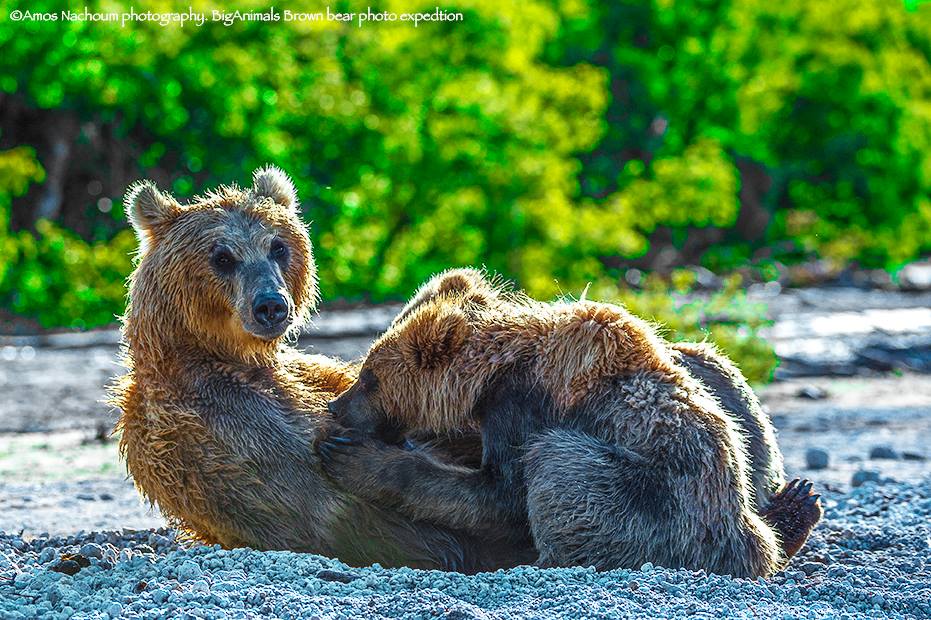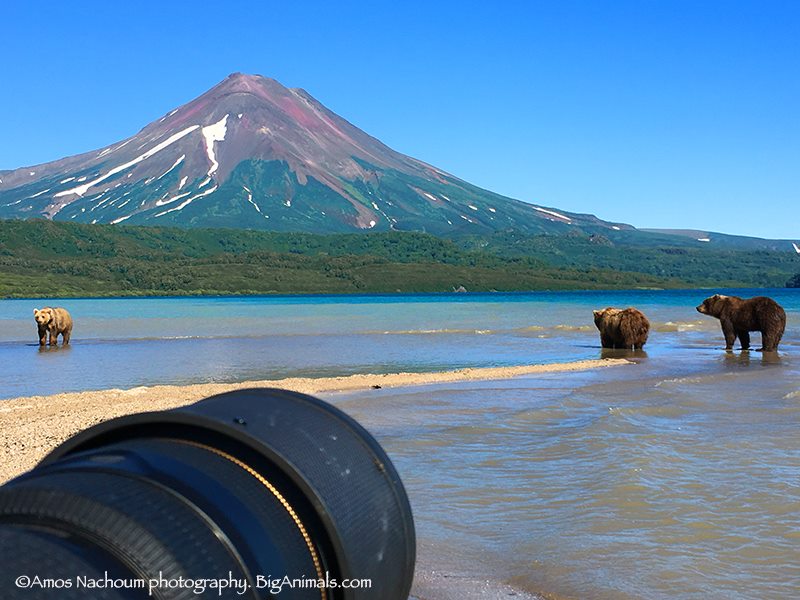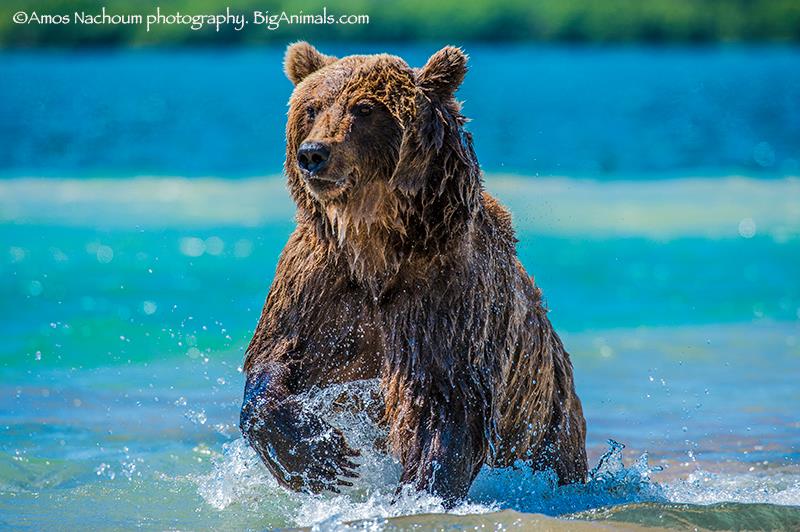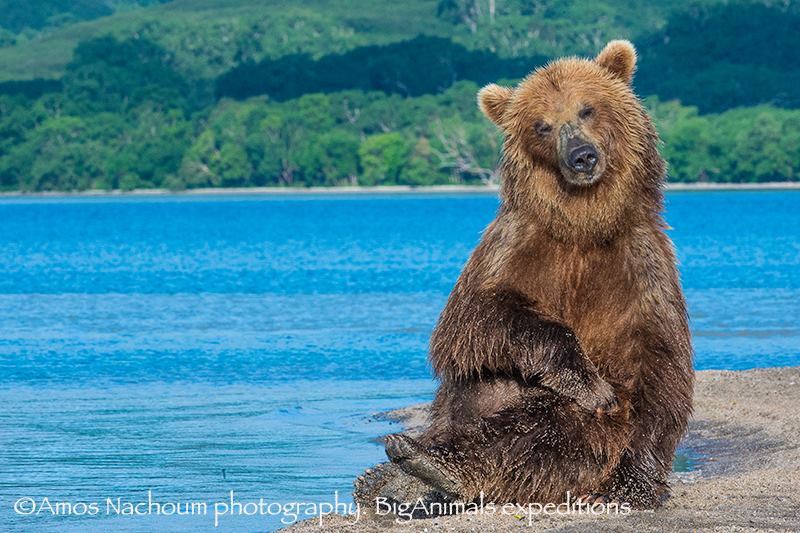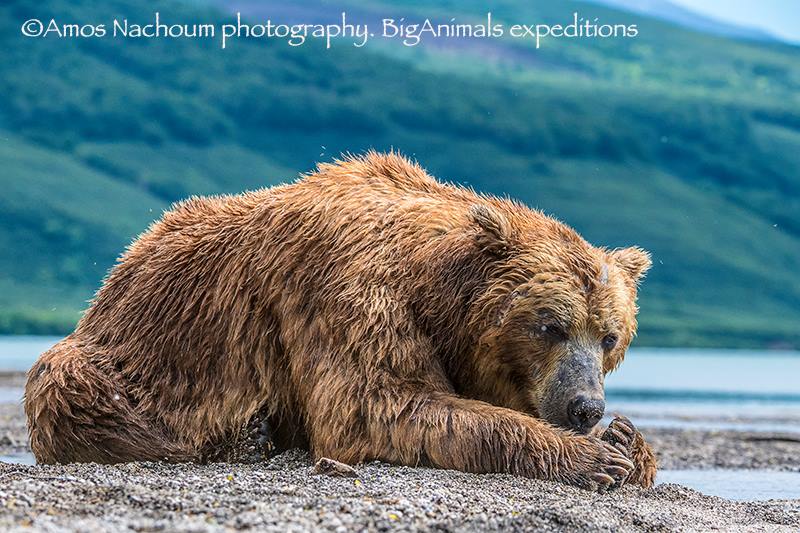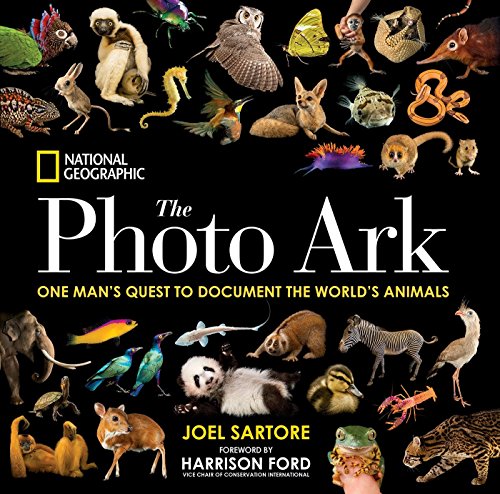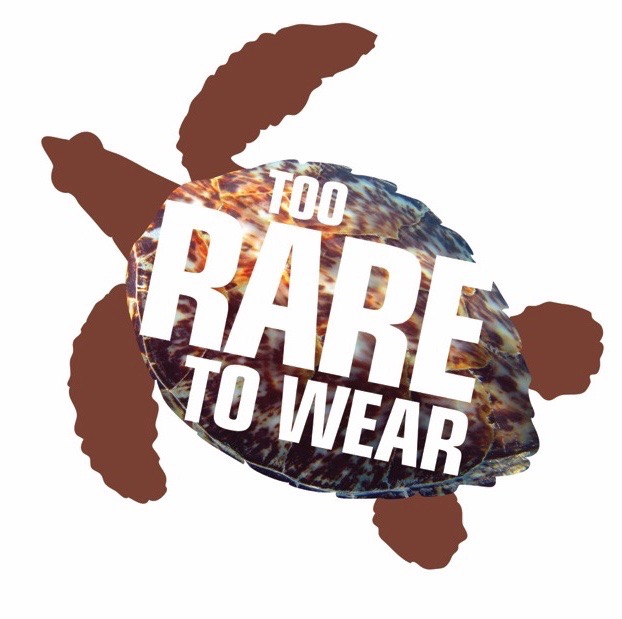How to Get "Killer" Photographs - Amos Nachoum Dispels the Myths
Amos Nachoum Photographs the World's Biggest Predators - and He Wants You with Him
IS WILDLIFE TOURISM WITH THE WORD'S BIGGEST PREDATORS SAFE? RESPECT, UNDERSTANDING AND PREPARATION KEEP BOTH GREAT WHITE SHARK AND AMOS NACHOUM FROM HARM DURING A PORTRAIT SESSION IN OPEN OCEAN. IMAGE: JEB CORILLS FOR ©BIGANIMALS, GLOBAL EXPEDITIONS.
AMOS NACHOUM WITH HIS SIGNATURE SMILE. IMAGE: ©OLGA BALANDINA
A Life-Long Love Affair Inspired by Near Drowning
When Amos Nachoum was five years old he "drowned" off the coast of Jaffa, Israel.
In clear sight of his mother who was sitting on the beach, he and three friends ran into the water to play. That is the last thing Amos remembers until a lifeguard pulled him out. Amos credits that incident with bonding him to the ocean - and changing his life forever.
This Award Winning Photographer is Your Wildlife Tourism Big Animal Ambassador
Today, Nachoum, an award winning photographer who has been called a Big Animal Ambassador, dedicates his life to photographing big predators. As president of BigAnimals Global Expeditions, Amos leads people on hugely adventurous, but responsible encounters with whales, sharks, polar bears and more, all with a 40-year perfect safety record.
Amos' goal is to dispel the myths and spread awareness and respect for our world's most endangered species - and he is having a great time, doing it!
A PHOTOGRAPHIC ADVENTURE WITH BIGANIMALS GLOBAL EXPEDITIONS LEAVES BOTH HUMANS AND THE SHARKS SMILING. IMAGE: ©AMOS NACHOUM PHOTOGRAPHY.
Whether you are meeting Amos for the first (or the 20th) time his brilliant smile combined with the field of pure energy that seems to surround him draws you in like a magnet. Recently, our editor, Les Medley had the chance to ask him a few questions:
AMOS NACHOUM IS DEDICATED TO DISPELLING THE MYTH OF THE DANGEROUS PREDATOR INCLUDING THE GREAT WHITE SHARK. . IMAGE: ©AMOS NACHOUM
Inspiration and Favorites
Les: What inspired you to become a wildlife photographer?
Amos: My inspiration came from as early as 12 years old, when I found my father's WWII camera and started playing with it. All of the sudden people all around me start asking of me to take their pictures and listen to my story about pictures I was taking for my own joy of - Dogs, Cats, Horses, SunRise and set.
Les: What is your favorite animal to photograph? And do you have any tips for photographing it?
Amos: I have no favorite animal - I have a mission and all the animals are equal subject to be photographed - in particular the threatened and endangered ones - the mission is to protect and preserve the life of this animals by creating appreciation and awareness to the majority of people that are busy at home.
Les: For those that have not seen Amos: The Movie, what is your most memorable wildlife experience?
Amos: After so many years there are many memorable encounters - so by now after 40 years on the adventure called life - the next one is most memorable…
YES, THOSE ARE WILD POLAR BEAR SWIMMING ABOVE THE HEAD OF AMOS NACHOUM AS HE PHOTOGRAPHS THEM IN OPEN WATER OFF THE COAST OF ARCTIC CANADA. FILMMAKER ADAM RAVETCH IS FILMING HIM. IMAGE BY ©ADAM RAVETCH.
Les: What is the best advice you can give to an aspiring underwater wildlife photographer?
Amos: I think that one of the most important element is having a purpose and a mission….one Chinese wise man said - Mission without a Vision is a nightmare and Vision without a Mission is a Daydream
LADAKH, INDIA. ALL THE OTHERS WENT BACK TO CAMP, BUT AMOS STAYED FOR HOURS IN THE COLD, ALONE. HE KNEW THE SNOW LEOPARDS WOULD SHOW THEMSELVES IN THEIR OWN GOOD TIME. IMAGE: ©AMOS NACHOUM PHOTOGRAPHY. BIGANIMALS GLOBAL EXPEDITIONS.
About the Bag and Big Animals
PATIENCE AND UNDERSTANDING THE ANIMAL'S BEHAVIOR ARE KEY. AMOS NACHOUM WAITS FOR THE SNOW LEOPARD IN LADAKH, INDIA. IMAGE: COURTESY OF ©BIGANIMALS GLOBAL EXPEDITIONS.
Les: Now the one thing every amateur photographer wants to know, what is in the bag? What equipment do you use and why?
Amos: I am a Nikon photographer and until now i shoot with Nikon D5 and D500…lenses from 16mm, 14 - 24mmm and 17 - 35mm, 50mm and 70 - 200mm, 200 - 400mm and 600mm. I am practicing now more with Drone filming and iPhone photography.
Les: Along with being a renowned marine wildlife photographer, you are also the president (and expedition leader) of Big Animals Global Expeditions. Tell us about your company and what makes it unique.
Amos: What make it unique is the fact that the business is based on my photography mission - the expedition are to serve the photography mission - highlighting the endangered and threatened wildlife, bring to people to them safely and respectfully on one hand and on the other hand enrich people knowledge for those who are not able to travel far.
Les: Big Animals Global Expeditions offers opportunities to swim with whales. Is this something those of us a bit past our prime can do? And do you need to be an experienced diver?
Amos: Swimming with whales can be done by a person of 8 years old till they are 88…as long as you can swim and remain afloat safe on the surface the whale will come to you…
SWIMMING WITH WHALES CAN BE DONE BY A PERSON OF 8 TO 88 (YEARS) IMAGE: ©AMOS NACHOUM PHOTOGRAPHY AND BIG ANIMALS GLOBAL EXPEDITIONS. BELUGA WHALES ARE CONSIDERED "NEAR ENDANGERED" BUT THERE IS LITTLE INFORMATION ABOUT THIS ARCTIC DWELLER. ©AMOS NACHOUM PHOTOGRAPHY.
The Ocean: Threats and Our Responsibility
Les: You spend a great deal of time at sea. What do you think is the biggest threat to our oceans?
Amos: There are few threat to our ocean - plastic, melting iceberg, noise pollution, and daily pollution from industry, agriculture, construction, warming weather that cause rising acidity lack of CO2 in the water.
I CAPTURED THIS IMAGE WHILE LEADING A NATIONAL GEOGRAPHIC EXPLORER TV TEAM TO NORWAY IN 1997. CETACEANS ARE SUFFERING OVER 30% - 40% MORTALITY IN THE WILD AS RESULT OF POLLUTION FROM AGRICULTURE, INDUSTRY AND CONSTRUCTION. OUR WASTE FLOATS IN THE WATER AND IS CONSUMED BY PLANKTON, KRILL AND THEN BY THE FISH. IN THE ORCA'S CASE IN THE HIGH ARCTIC, POLLUTANTS ARE IN THE HERRING. THE FEMALES CONSUME THE HEAVILY POLLUTED HERRING AND UPON DIGESTION THE TOXINS BECOME CONCENTRATED IN HER MILK. IMAGE: ©AMOS NACHOUM PHOTOGRAPHY
Les: How can we travel more responsibly on, in, and near the oceans?
Amos: Participate in clean up program, support NGO that push for legislation to limit fishing, shark hunting and support the support the preservation of threatened species
EXPLORING THE GALAPAGOS FROM A NEW PERSPECTIVE: UNDERWATER WITH BIGANIMALS GLOBAL EXPEDITIONS. HAMMERHEAD SHARKS. IMAGE: ©AMOS NACHOUM
Amos’ The Next Big Thing
Les:What is your next big adventure (or project)?
Amos: The next two adventures are…one in the rainforest filming the threatened Black Leopard and second one filming the endangered Southern Right whale
Editor’s Note: Don’t miss Amos’ story: From Fear To Triumph, How to Swim with Polar Bears
Follow Amos Nachoum on Facebook BigAnimals Global Expeditions
Amos@BigAnimals.com
More
Big Wildlife Adventures
From Fear to Triumph. How to Dive with Polar Bears.
By Amos Nachoum
The Awesome Adventures of Annette Mossbacher, Wildlife Photographer
By Roberta Kravette
How To Get Spectacular Bald Eagle Photographs at Conowego Dam Maryland, US
By Joe Gliozzo
Trekking Mountain Gorilla in Bwindi Impenetrable National Park, Uganda
By Ray & Pat Cooper

